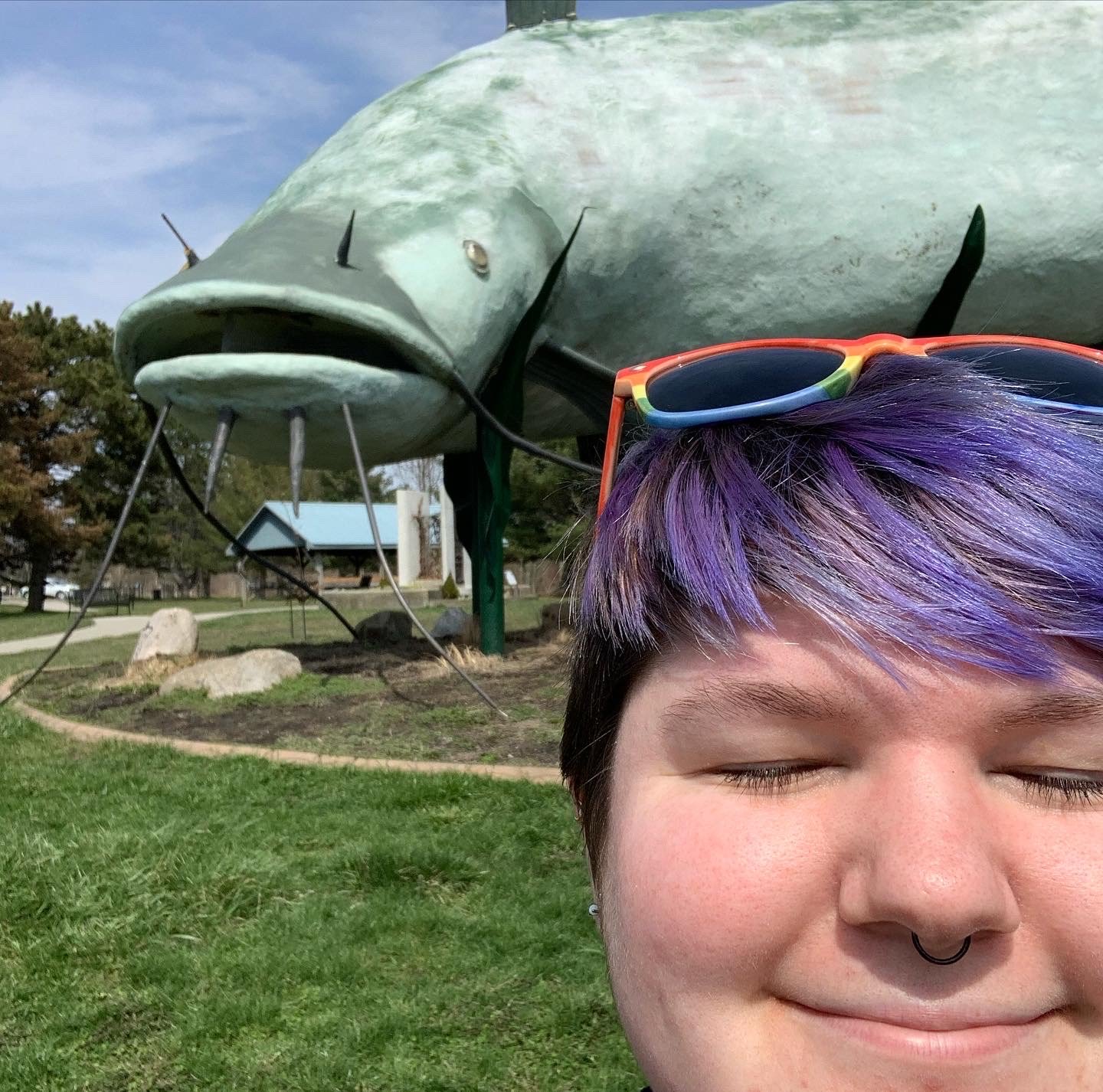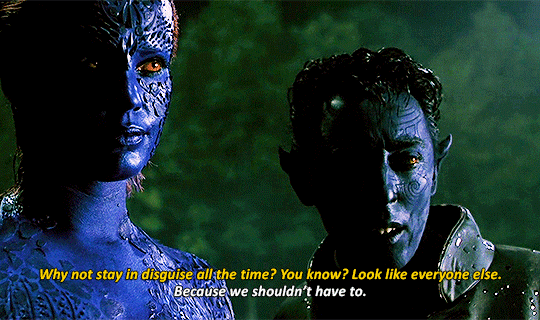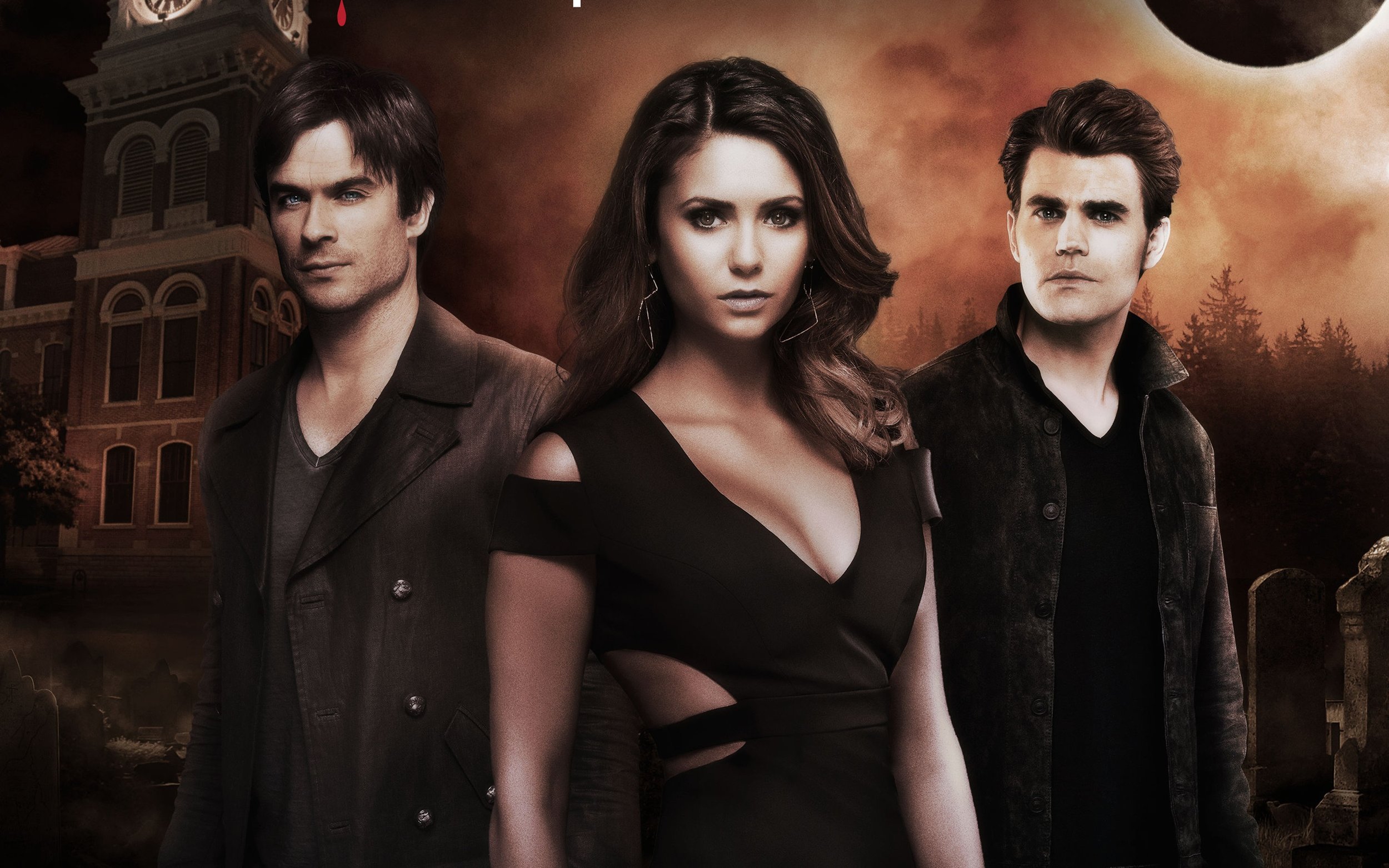Dwarf Fortress: Stimulating Existence Since 2002
/Fantasy games are pretty well known in the grand scheme of things. If you’re into gaming as a medium, or even just adjacent to someone who is, you’ve definitely heard of at least one big influential fantasy game, such as The Elder Scrolls, or Final Fantasy. However, there’s another fantasy game that's just as influential as those, yet is far less well known and niche. A game that's been featured as an art exhibit in the Museum of Natural Art, and has been the subject of many papers related to the development of artificial intelligence. The game that was cited as inspiring both Minecraft and Rimworld, the former the best-selling game of all time, the latter one of the highest rated PC games.
That game is called: “Dwarf Fortress”.
Property of Bay 12 Games and Kitfox Games
Dwarf Fortress is a construction fantasy roguelike game, in which you either lead a fortress of Dwarves trying to prolong your fortresses inevitable destruction. This isn’t meant to be a downer though. You will lose Dwarf Fortress, there isn't any way to avoid this fate. There isn’t a victory screen, you can’t ever win unless you decide you’ve ‘won’ and stop playing. But, losing is fun! And there's many stories to be told as your fortress falls to ruin.
Screenshot from WildUK
Before that though, you must create a world. To do this, the game generates a fantasy world landscape, before simulating 250 entire years of history. While this happens, you have no control over what happens with the world. You just have to sit there and watch as the world potentially crumbles before you can even play it. Natrural and Unnatural disasters aren’t implemented (yet), so all the catastrophes you see are created by the creatures which inhabit the world.
And yes, the textures do look like the images attached. It’s not a very visual game, but you get used to it eventually. The game gives…unnervingly detailed at times descriptions of creatures actions, so just use your imagination.
No two worlds will ever be the same, even if they start out the same. For example, you may find half the world has turned into a corrupted mess of evil, because someone in the year of 3 found a necronomicon, and passed that thing around like a blunt. Or, you may find that your world somehow lacks dwarves, because every single fortress crumbled after they dug too deep, and awoke all the…hidden stuff located deep below the surface. Once the world is done simulating though, and hopefully not completely destroyed, it's all yours to play with.
The game is developed by two brothers: Tarn and Zach Adams, alongside a very small team at a company called “Bay 12 Games”. Tarn is the lead developer, and has worked on the game since its creation in 2002. Tarn considers it his life's work, and is perfectly content with working on the game until its complete, even if it takes another 20 years of development time. He’s refused multi-thousand dollar offers to license just the name of Dwarf Fortress, because he loves working on his own and being self-sufficient on donation from fans.
Now, I want to remind you that the game isn’t finished. The game's intended goal of simulating what essentially is an entire existence necessitates that the development time might be a bit long. For example, there isn’t any system for magic, such as casting spells or enchantments. This is because the intended system for it would be an entire randomly generated tree of schools of magic and individual spells, with its users making new spells to add on. While it’s being worked on, it's definitely a future release. Nevertheless, the game has more than enough content to satisfy players.
The game can be found on the Bay 12 Games website for free, and a premium edition has been released on Steam today, December 6th 2022. I bought a copy literally a minute after it release, its amazing. I highly recommend picking up a copy if you’re interested, as there isn’t anything truly like it. I guarantee that.
NOAH BRENTON - Clown by day, writer by night. I have no goddamn idea what it is I’m doing, but I’ve gotten this far so it must be at least partially right.
I love writing. It’s my hope that one day I’ll actually see a project to fruition instead of it sitting in purgatory with all the others.
You can sometimes see me on campus, but I’d really rather you didn’t. Your cooperation is appreciated.



























































